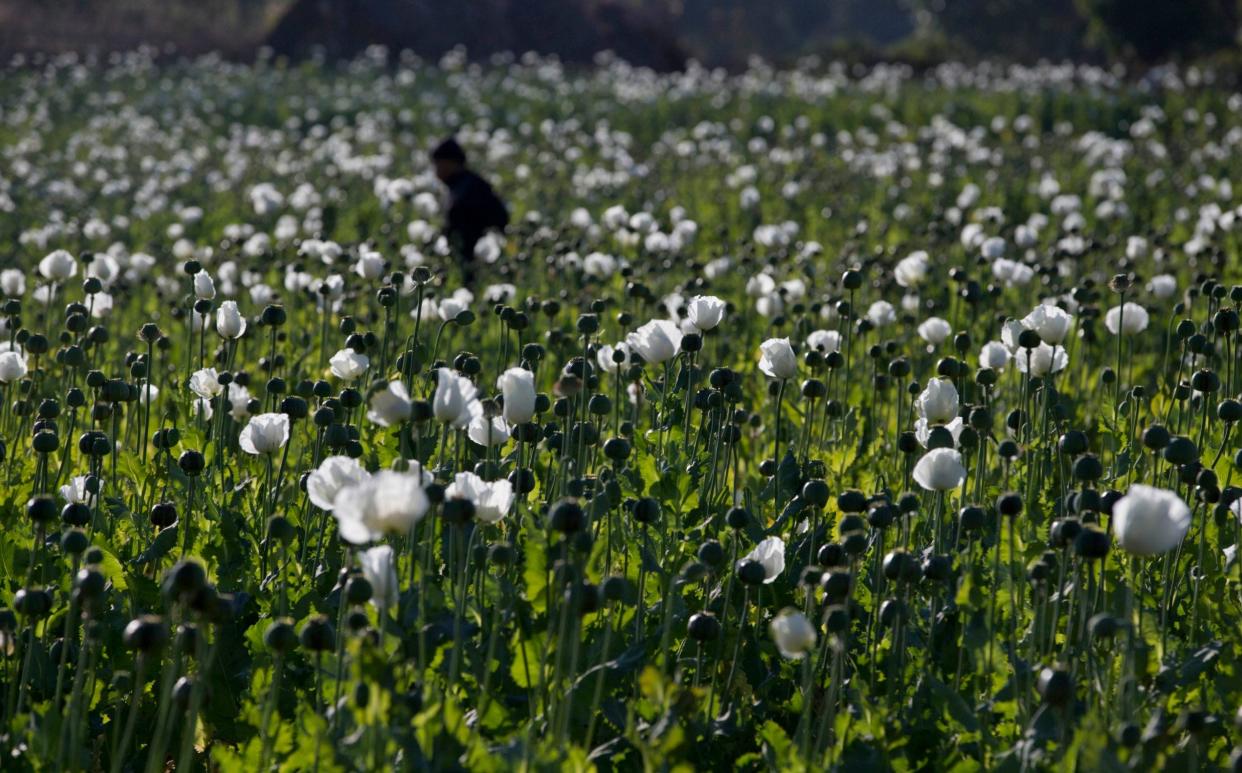Myanmar ‘back in the opiate business’ as poppy production doubles

Opium production increased sharply in Myanmar last year, as farmers have had “little choice” but return to poppy cultivation following the military coup, the United Nations warned on Thursday.
In 2022 – the first full growing season since the junta’s takeover – the amount of land used to grow opium poppies jumped by 33 per cent to 40,100 hectares, while production almost doubled to 795 metric tonnes, according to an annual report from the UN Office on Drugs and Crime. The surge reverses a steady decline in the illicit crop between 2014 and 2020.
Researchers said the trend was directly linked to the coup, which has plunged Myanmar into a brutal civil war and devastated its economy. According to a tally kept by the Assistance Association for Political Prisoners, which is likely an underestimate, 2,810 people have since been killed by government forces and 17,427 detained.
“Economic, security and governance disruptions that followed the military takeover of February 2021 have converged, and farmers in remote, often conflict-prone areas in northern Shan and border states, have had little option but to move back to opium,” said Jeremy Douglas, the regional representative for the (UNODC).
“Fundamentally, at the end of the day, opium is an employer. This is all about poverty … what we’re seeing is people returning to the only employment opportunity that they have available to them.”

Referring to the area where the borders of Myanmar, Laos and Thailand meet – which has historically been a major source of opium and heroin – he added: “The Golden Triangle, in a sense, is back in the opiate business.”
Myanmar is the world’s second largest producer of opium, following Afghanistan, and the two countries are the source of most of the heroin sold worldwide. The UN estimated that Myanmar’s opium economy is now valued at up to $2 billion (£1.6bn), while the regional heroin trade is worth roughly $10bn.
At a press conference in Bangkok, Mr Douglas said the UN is “deeply concerned” about the surging opium trade, which will have significant consequences for the broader region – especially on human health – and will result in “very high profits” for traffickers.
“Virtually all the heroin reported in East and Southeast Asia and Australia originates in Myanmar” Mr Douglas said. “The expansion underway in Myanmar should not be dismissed and needs attention as it will likely continue – it is directly tied to the security and economic situation we see unfolding today.”
The synthetic drug economy has also been surging for the same reasons, with reported regional seizures of methamphetamine and other drugs reaching record levels. In a single bust in September in Laos, for example, authorities seized 33 million methamphetamine tablets along with 500kg of crystal methamphetamine.
Protect yourself and your family by learning more about Global Health Security


